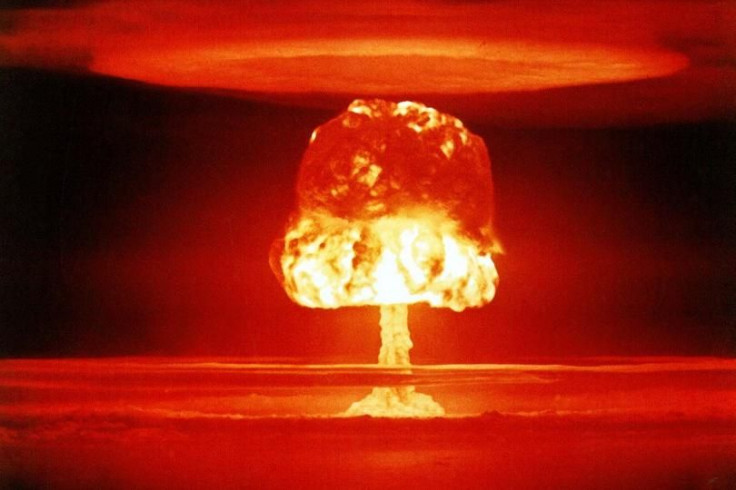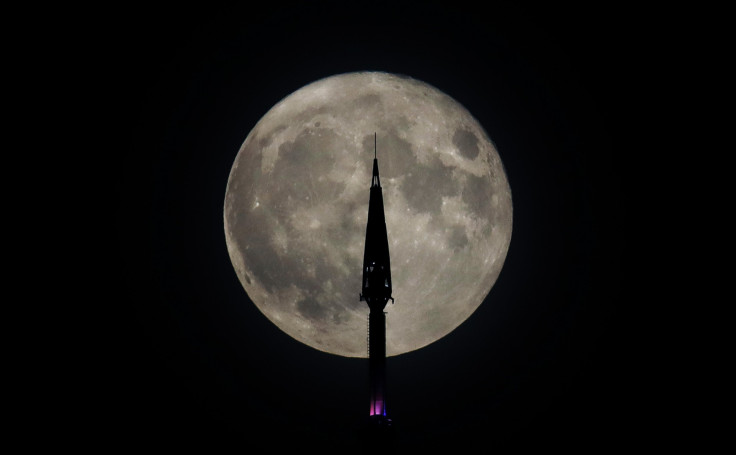US Scientists Once Planned To Detonate A Nuclear Bomb On The Moon

KEY POINTS
- Two leading U.S. nuclear physicists developed a top-secret plan to nuke the moon during Cold War
- Project A119 aimed to showcase U.S.'s nuclear capability and intimidate the Soviet Union
- Leonard Reiffel said the proposal was technically feasible, and the explosion could be seen on Earth
A research paper revealed U.S. scientists' plan to detonate a nuclear bomb during the Cold War.
In the research paper obtained by the BBC titled "A Study of Lunar Research Flights, Vol. 1," American leading nuclear physicist Leonard Reiffel worked with Enrico Fermi, the creator of the first nuclear reactor and the "architect of the nuclear bomb" to develop a top-secret proposal to detonate a hydrogen bomb on the moon.
Dubbed Project A119, the plan's purpose was mainly as a show of force, as it aimed to detonate a bomb on the Terminator Line, a border between the light and dark side of the moon, to create a bright flash of light that anyone on Earth, including in Kremlin, could see with the naked eye.
According to the report, Reiffel was asked to "fast track" the project, and he produced many reports on the feasibility of the plan between May 1958 and January 1959, amid the space and nuclear arms race between the U.S. and then-Soviet Union.
In 2000, Reiffel said the project was "technically feasible," and the explosion would have been visible with the naked eye.
Alex Wellerstein, a historian of science and nuclear technology, said Project A119 was one of the ideas that floated as the U.S.'s response to Sputnik, the world's first artificial satellite, and it originally aimed to shoot down the Soviet spacecraft.
Wellerstein argued that the project reflects the American ingenuity and the people's fears of a Soviet superpower at the time.
"It is a pretty interesting window into the sort of American mindset at that time. This push to compete in a way that creates something very impressive. I think, in this case, impressive and horrifying are a bit too close to each other," Wellestein said.
The moon bombing project reminds Bleddyn Bowen, an expert in international relations in outer space, of one of the segments of the hit TV program "The Simpsons" when Lisa Simpson sees Nelson's "Nuke the Whales" poster on his wall.
Bowen noted that Project A119 was seriously pursued by U.S. scientists at the time. However, the study "didn't get any serious funding or attention," the expert claimed.
When asked if such plans to nuke the moon could surface again, Bowen said it is possible, but it would face backlash.
"If there is going to be anything resembling this kind of lunar hysteria again it is going to run afoul of the established international legal order... agreed by almost every state in the world," Bowen said.
Bowen doesn't discount China could harbor similar plans to Project A119 since "they think the Moon is cool, and they work in the military."
While the U.S. and Soviet Union were allies during the Second World War, American officials still believed their Soviet counterparts harbored ambitions to become a superpower and expand their power over Eastern Europe.
According to History Channel, the U.S. produced more atomic weaponry to discourage Soviet communist expansion. But in 1949, the Soviets successfully tested their atomic bomb, which marked the beginning of the nuclear arms race between the two countries.

© Copyright IBTimes 2024. All rights reserved.






















